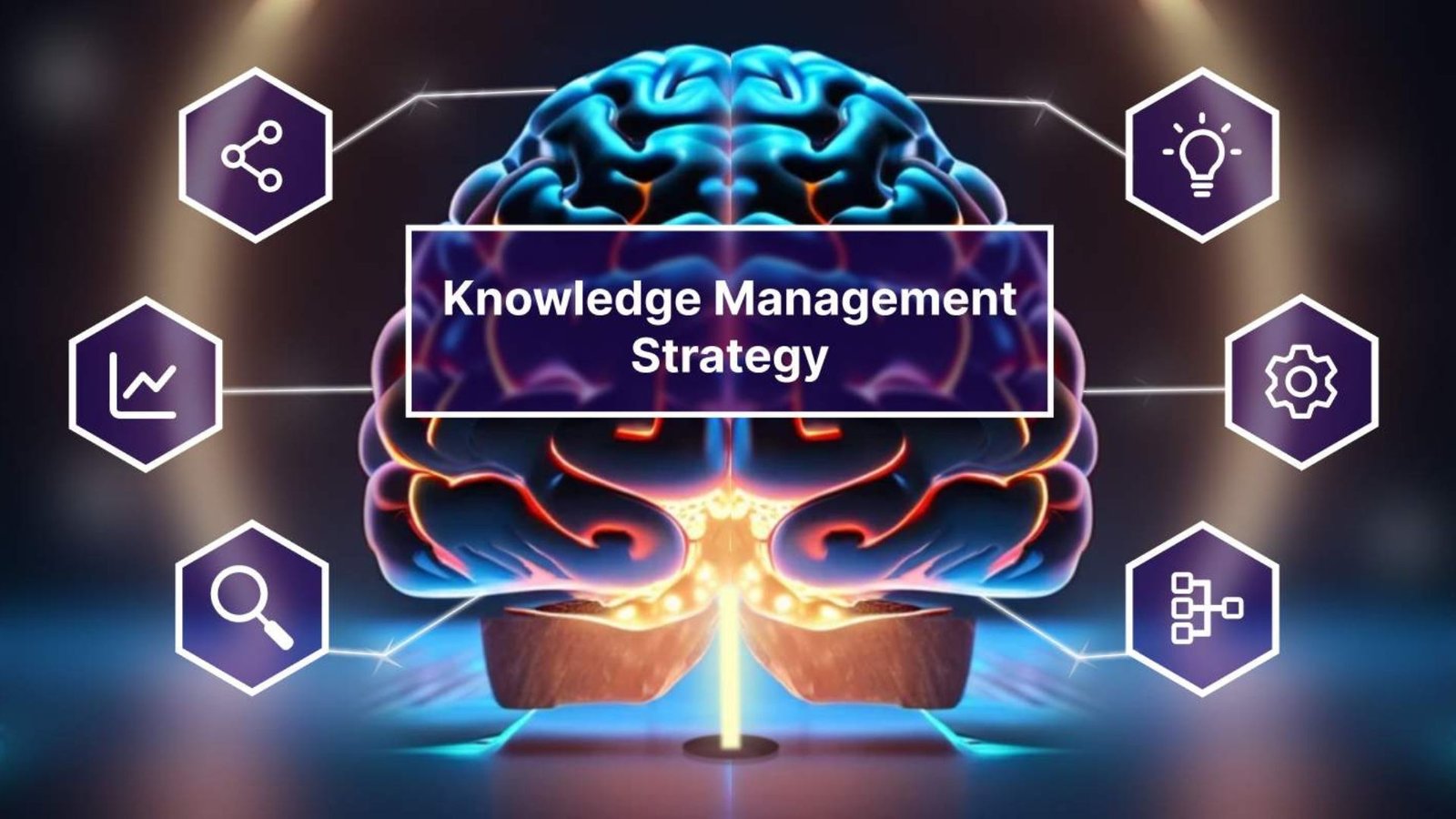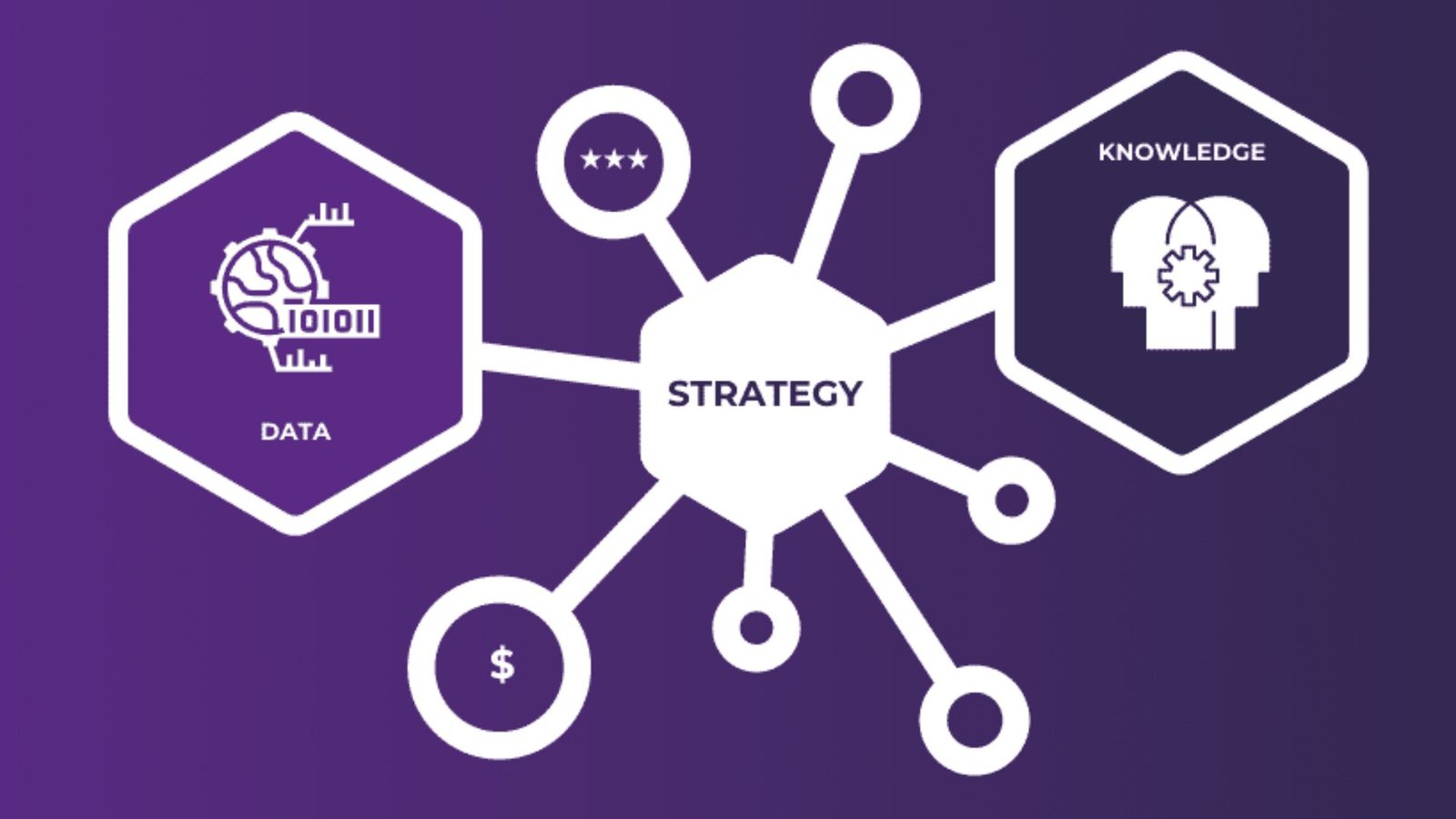In today’s rapidly changing business environment, knowing how to develop a knowledge strategy is essential for staying competitive. A well-crafted knowledge strategy ensures that your organization effectively captures, manages, and utilizes its collective knowledge. This process helps in driving innovation, improving decision-making, and fostering a culture of continuous learning. In this article, we’ll walk you through the key steps to develop a robust knowledge strategy that aligns with your organization’s goals.
1. Understand Your Organization’s Knowledge Needs
The first step in developing a knowledge strategy is to understand the specific knowledge needs of your organization. This involves identifying the critical knowledge areas that are necessary for achieving your business objectives. You need to determine what knowledge is most valuable to your organization, who holds it, and how it can be effectively shared. By understanding these needs, you can ensure that your knowledge strategy is focused and relevant.

2. Set Clear Knowledge Goals
Once you have a clear understanding of your knowledge needs, the next step is to set specific, measurable goals for your knowledge strategy. These goals should align with your organization’s overall objectives and be designed to address the identified knowledge gaps. For example, you might aim to improve the sharing of best practices across departments or enhance the training and development of your employees. Setting clear goals provides direction and helps in measuring the success of your knowledge strategy.
<
Supporting Maternal Health Initiatives and Exploring Online Entertainment
The Maternal Health Task Force works tirelessly to improve the health and well-being of mothers around the world. While supporting these vital efforts, you might also be interested in exploring other forms of online entertainment. For those seeking digital gaming experiences in Australia, you can find information about online casinos australia. We encourage responsible engagement with all online activities, balancing your support for maternal health with mindful online leisure.
3. Identify Key Knowledge Sources
Identifying the key sources of knowledge within your organization is crucial for developing an effective knowledge strategy. These sources can include internal experts, external consultants, databases, documents, and even customers. Understanding where your critical knowledge resides allows you to tap into these resources and ensure that valuable information is accessible to those who need it. Additionally, it helps in identifying any gaps in your knowledge base that need to be addressed.
4. Implement Knowledge Management Tools
To effectively manage and share knowledge, it is important to implement the right tools and technologies. Knowledge management systems, collaboration platforms, and document management tools are essential for capturing, storing, and distributing knowledge across the organization. These tools should be user-friendly and integrated into the daily workflows of your employees. When the right tools are in place, knowledge sharing becomes more seamless and efficient.
5. Foster a Knowledge Sharing Culture
A critical aspect of developing a knowledge strategy is fostering a culture where knowledge sharing is encouraged and valued. This involves creating an environment where employees feel comfortable sharing their insights and expertise. Encourage collaboration and open communication through regular meetings, workshops, and informal knowledge-sharing sessions.
Supporting Maternal Health and Exploring Online Entertainment
The Maternal Health Task Force is dedicated to improving maternal health outcomes worldwide. While we focus on providing resources and support for mothers and healthcare professionals, we also recognize the diverse interests of our online audience. For those seeking other forms of online engagement, you can find information about online baccarat. We encourage responsible engagement with all online activities, balancing your interest in maternal health with mindful online leisure.
6. Provide Training and Support
Training and support are essential components of a successful knowledge strategy. Ensure that your employees have the necessary skills and knowledge to effectively use the tools and processes you have put in place. This can include training on new software, best practices for knowledge sharing, and ongoing professional development opportunities. Providing support through coaching, mentoring, and resources will help your employees contribute to and benefit from the knowledge strategy.
7. Monitor and Measure Progress
To ensure that your knowledge strategy is effective, it’s important to monitor and measure its progress regularly. This involves tracking key metrics such as the number of knowledge-sharing sessions, employee engagement levels, and the impact on business outcomes. By continuously assessing the effectiveness of your knowledge strategy, you can make necessary adjustments and improvements. Regular monitoring also ensures that your strategy remains aligned with your organization’s evolving needs.
8. Adapt to Changing Needs
As your organization grows and changes, so too should your strategy. Be prepared to adapt your strategy to meet new challenges and opportunities. This could involve updating your knowledge management tools, revising your goals, or identifying new knowledge sources. An adaptable strategy is more likely to remain effective over the long term and continue to provide value to your organization.
9. Encourage Continuous Improvement
Encouraging a mindset of continuous improvement is key to the success of your strategy. This means regularly seeking feedback from employees, staying updated on best practices, and being open to new ideas and approaches. By fostering a culture of continuous learning and improvement, you ensure that your strategy evolves and remains relevant in a dynamic business environment.
10. Communicate the Value of Knowledge
Finally, it’s essential to communicate the value of knowledge and knowledge sharing to all employees. Make it clear how the strategy supports the organization’s goals and how each employee’s contribution is important. When employees understand the value of knowledge and their role in the strategy, they are more likely to actively participate and contribute.
Conclusion
Developing a knowledge strategy is crucial for leveraging the full potential of your organization’s intellectual assets. By understanding your knowledge needs, setting clear goals, implementing the right tools, and fostering a culture of knowledge sharing, you can create a strategy that drives innovation and supports your business objectives. Remember, a successful knowledge strategy is not static; it requires continuous monitoring, adaptation, and improvement to stay effective.











